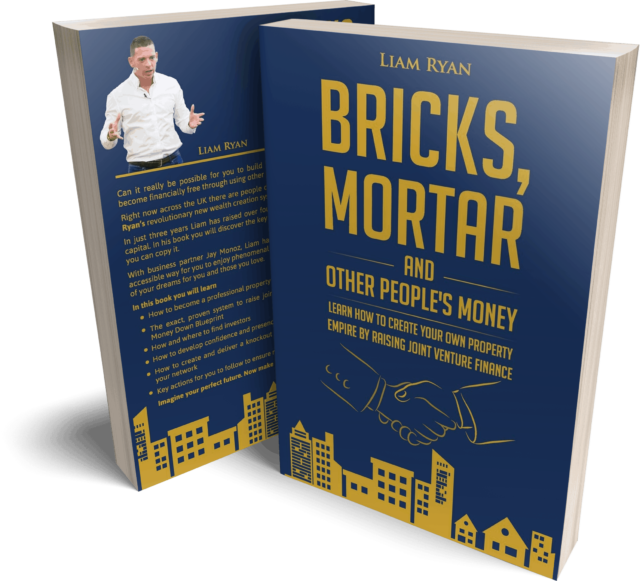Are you trying to grow your business? Does the idea of social media scare you? Do you have no idea where to start?
Starting in social media can be overwhelming as there are so many different platforms, content types and information out there. However, we’re here to take the overwhelm away and help you get started on your social media journey with step-by-step information on how to get started.
Let’s get into it …
Social media is constantly evolving, meaning there is always something new to learn for novices and social media marketing experts.
What is social media?
In simple terms, social media is an online network allowing you to create and share content, connect with others, and promote your business.
Why use social media for your business?
Social media has so many benefits for your business, all of which have been proven to be effective. These benefits include:
- Connecting with others
- Increasing brand awareness
- Increasing traffic to other platforms e.g., website
- Establishing your brand
- Securing opportunities
What social media platforms are out there?
There are so many social media platforms out there that you can use effectively for your business, all of which have different purposes. In this guide, we’re going to share with you the most popular platforms that you can get started on.
Instagram is a photo and video sharing social media networking platform founded by Kevin Systrom and Mike Krieger in 2010. Within this platform you can create and edit content, create your own shop, use filters, hashtags, browse, connect with others, share content, view trending content, like and comment on content, and so much more.
Facebook is a social media and social networking platform that is part of Meta. It was founded in by Mike Zuckerberg, Eduardo Saverin, Dustin Moskovitz, and Chris Hughes in 2004. Like Instagram you can share content, create your own shop, use hashtags, browse, connect with others, view trending content, and like and comment on content. You can also create your own Facebook pages and groups for your business or personal brand allowing you to connect with a wider audience.
Pinterest is a visual social media platform created to allow users to save and discover information using images, GIFs, and videos, in the form of pinboards. It was founded by Ben Silbermann, Paul Sciarra and Evan Sharp. This platform is mostly used to promote your business, create brand awareness, or gain inspiration.
Twitter is a microblogging and social media networking platform founded by Jack Dorsey, Evan Williams, Jack Patrick Dorsey, Biz Stone, and Noah Glass. On this platform users can post and interact with messages called ‘tweets’. You can keep up to date with trending topics, interact with others and post topics within your niche.
YouTube
YouTube is a video sharing and social media platform that launched in 2005 by Google. On this platform you can create and upload short or long videos, monetise, interact with others, and more.
LinkedIn is a professional social media platform founded by Reid Hoffman, Allen Blue, Jean-Luc Valliant, Eric Ly and Konstantin Guericke in 2003. On this platform users can professionally network and post/apply for jobs.
Getting started
Identifying a platform for your business
As a business owner starting out on social media, it’s nearly impossible to be on every social media platform at once. To get started we recommend starting on one to two platforms. To choose the right social media platform for your business, try to think about:
- What type of business you have?
- What audience you want to reach?
- Your goals
- What type of content you are putting out?
For example, Facebook and Instagram might be the best platforms to start your property business if you want to share video and photo content.
As you start to establish yourself on these platforms, you can begin to incorporate other social media platforms into your social media strategy.
1. Choosing a social media name
The key to creating a social media name is to keep it simple. Try to avoid putting symbols such as ‘_’ into your name as this will make it difficult for others to search for your business. Also make sure you use the same name across all social media platforms to ensure your brand is searchable.
2. Choosing your niche
A niche is a specific topic/category that you, as a business owner is about. An example of niches for your property business includes, property investor, property education, property broker, etc. You can niche down further by choosing what demographic you want to target e.g., baby boomers, millennials, or gen z.
3. Finding your target audience
Finding your target audience is one of the most important steps when starting out in social media. A target audience is a specific group of people you want to reach. This target audience should share the share similar characteristics e.g., hobbies, behaviours, demographics and they should be interested in your content or services.
When narrowing down on your target audience it’s important to be as specific as possible. Here are some points to focus on:
- Age – how old is your target audience?
- Location – what country/city does your target audience reside in?
- Language – what language does your target audience speak?
- Occupation – what does your target audience work as? Are they in education?
- Interests – what does your target audience like to do? E.g., hobbies
- Problems – what pain points (challenges) does your target audience have?
4. Creating your bio
An Instagram bio should be short and sweet. It is the description you see beneath your username on social media platforms. Here’s what to include in your bio:
- Who you are?
- What you do?
- How you do it?
- Social proof – what qualifies you to do what you do? (optional)
- Call to action (CTA)
Here’s an Instagram bio example:
A Property, Business & Wealth Education Co.
We aim to positively shape the future of others
As seen in Forbes
Join our next event on 06/04/2022 ↓
(insert your website/links)
5. Branding and tone of voice
When creating content for your brand it is important to choose 3-5 fonts and colours to use throughout your brand. You also want to define your tone of voice e.g., friendly, third person, professional, etc. Getting clear on your branding and tone of voice will help others identify your brand.
6. Creating your content
You don’t have to be a graphic designer to create content. You can create content for free on Canva.
7. Creating a posting schedule
Getting into the habit of posting will save you so much time and allow you to focus on other areas of your business. Try setting aside 1-2 days to create and schedule content. You can schedule content for free on Facebook Creator Studio or use paid tools such as Later.
8. Keeping up to date with social media news
Social media is forever changing so if you want to stay in the know, sign up to Social Media Today’s newsletter or keep up to date with Adam Mosseris’ posts on Instagram.
9. Monitoring the success of your chosen platform/s
You can monitor the success of your chosen platform/s by checking your analytics monthly. When you start measuring your analytics, you will begin to see patterns which will help you decide what you want to keep and change moving forward. You can monitor your analytics within most social media platforms or use external tools such as Phlanx.
10. Outsourcing
If you don’t have time to manage your social media or create content, you can always outsource using platforms such as Fiverr or Upwork.
Social media does not have to be scary; you can start today using these steps. If you want to learn how to double your following, build your audience and create a strong personal brand using social media, click to get your FREE guide.





